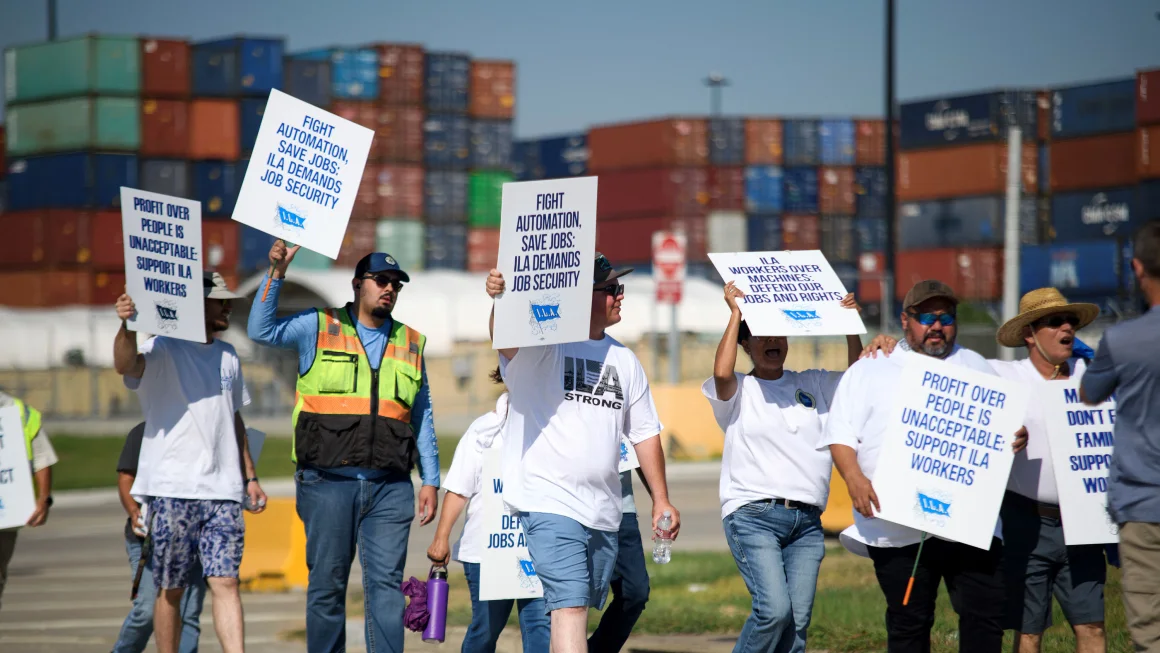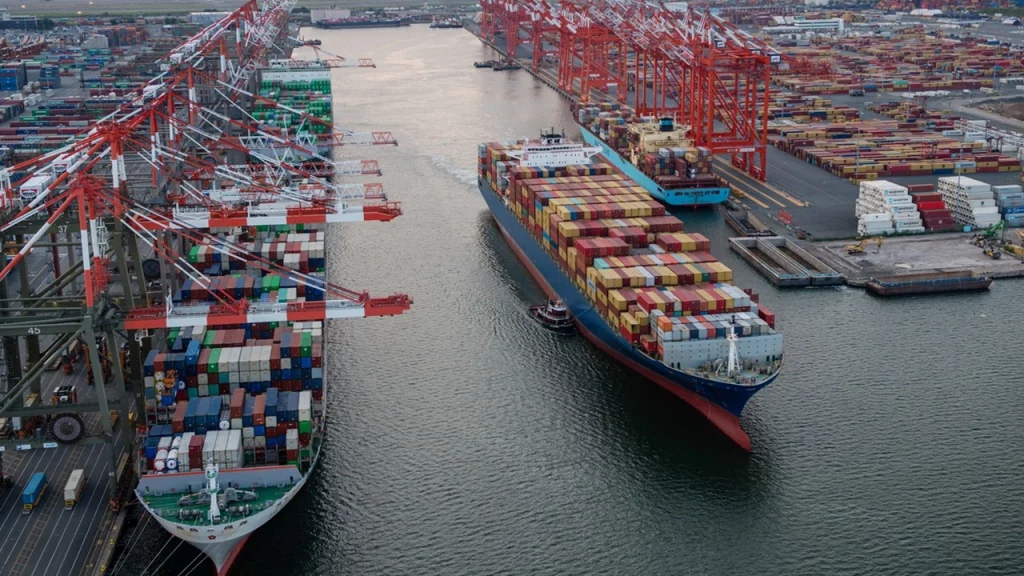International Freight for Heavy Industry
ILA Port Strike Ends
ILA Port Strike Ends: Tentative Deal Reached to Ease Supply Chain Strain

October 3rd, 2024
A brief but impactful strike by the International Longshoremen’s Association (ILA), which disrupted major U.S. East Coast and Gulf Coast ports, has ended. The strike, which began on October 1, involved 45,000 members of the ILA after negotiations with the United States Maritime Alliance (USMX) broke down. The union was pushing for a wage increase and sought to prevent the automation of port operations, including cranes and truck gates.
On October 4, the ILA and USMX announced a tentative wage agreement, bringing a temporary halt to the strike. The agreement includes a significant wage increase, with reports suggesting a 61.5% rise over the six-year contract period. However, other key issues, such as the automation of port functions, remain unresolved. The existing contract has been extended until January 15, 2025, to allow more time for negotiations.
Disruptions to U.S. Ports and Supply Chains
The strike impacted 36 major U.S. ports on the East and Gulf coasts, bringing container operations to a near halt. While the strike lasted just a few days, its effects on the U.S. supply chain were profound. Thousands of containers were offloaded at the wrong ports, billions of dollars worth of goods remained anchored offshore, and shipping costs began to rise due to port congestion, delays, and rerouting.
Some container shipping companies even declared force majeure, a clause that allows parties to suspend contractual obligations due to unforeseen circumstances, as they scrambled to manage the chaos. The hardest-hit sectors included roll-on/roll-off (RORO) and container terminals. Landside, trucking capacity was also strained as shippers sought alternative routes to move cargo inland, leading to rising freight costs.
Industry experts estimated the strike had the potential to cost the U.S. economy approximately $5 billion per day. The economic pressure was compounded by the aftermath of Hurricane Helene, which had already caused delays in some shipping routes, further complicating efforts to resolve the port backlogs.

The Way Forward
In a joint statement, the ILA and USMX expressed their commitment to returning to the negotiating table to iron out the remaining contract disputes. They emphasised that “all current job actions will cease and all work covered by the Master Contract will resume immediately.”
As U.S. ports slowly return to normal operations, there is still concern about the ongoing negotiations. A key sticking point for the ILA is automation, which the union argues would threaten jobs by replacing workers with machines. On the other side, shipping companies and port operators see automation as a critical tool for improving efficiency in a global market increasingly dominated by faster and cheaper logistics systems.
While the immediate threat has been averted, the extension of the current contract through January 2025 indicates that negotiations are far from over. For now, businesses and consumers alike are hoping that further strikes or disruptions can be avoided as the two sides work toward a long-term resolution.
To stay up-to-date with the latest updates and other industry news head to the Freightplus Newsroom or contact the Freightplus team.



